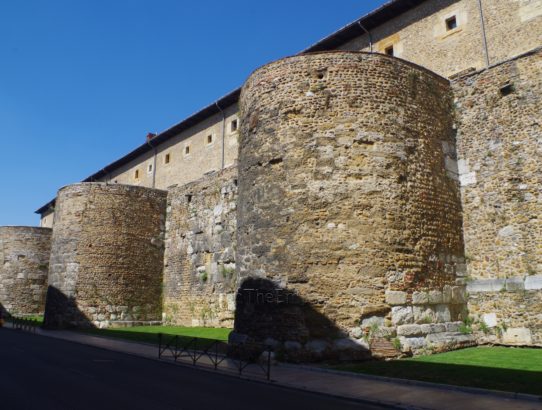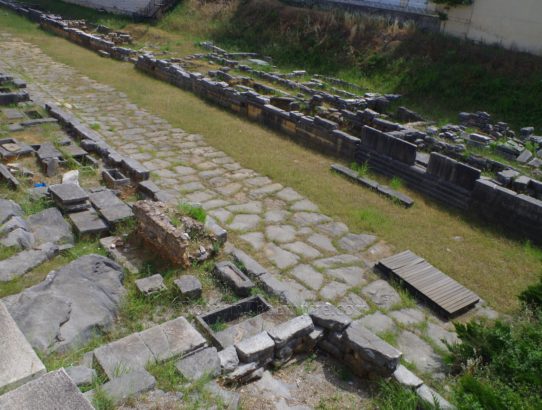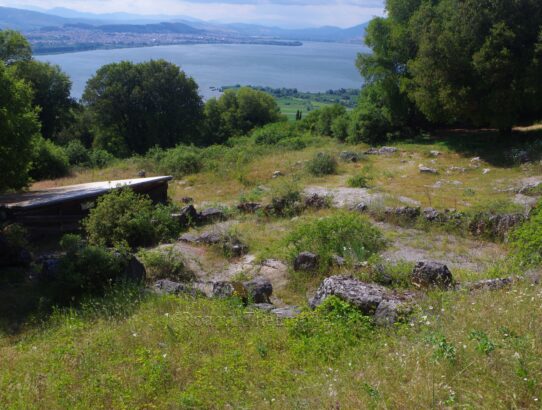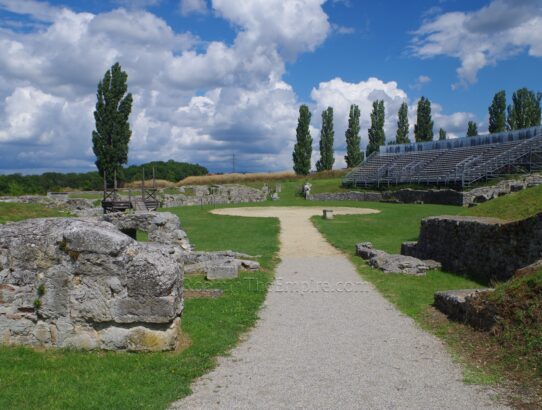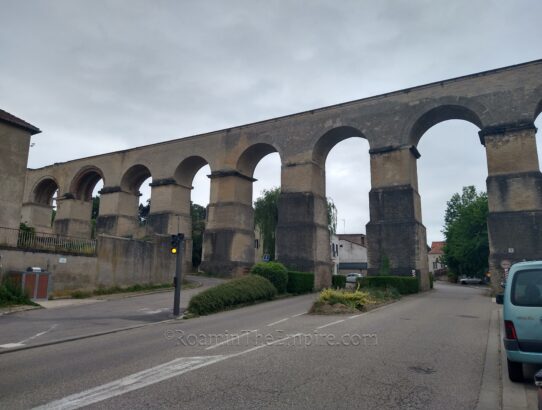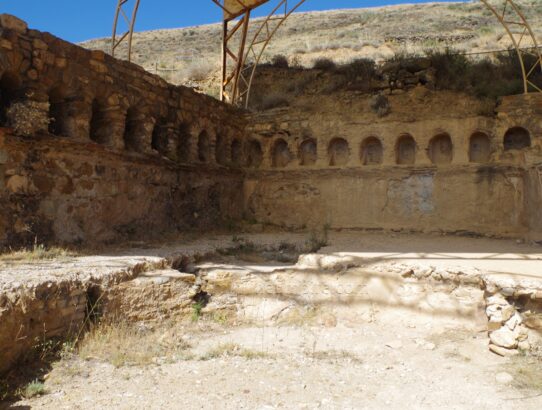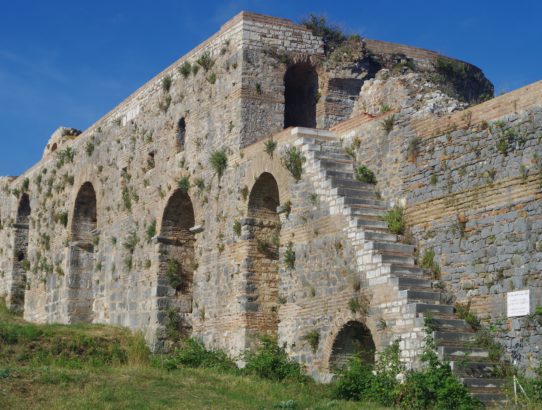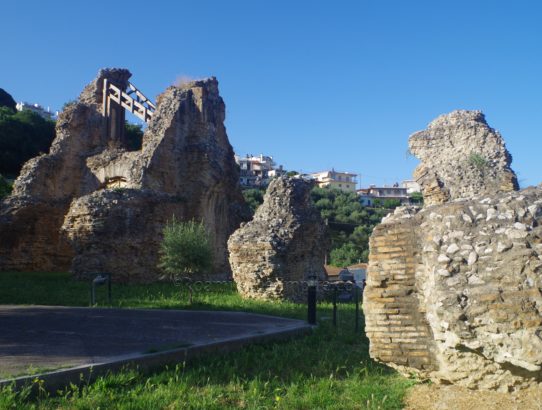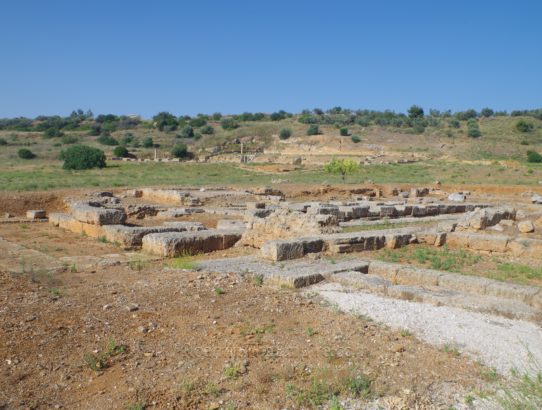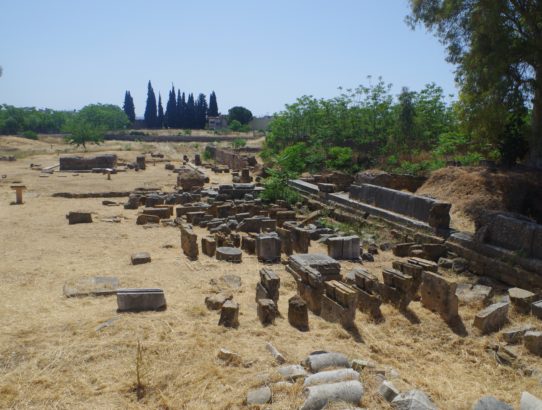Castra Legionis, Hispania Tarraconensis – Part I
Most Recent Visit: July 2022 Located today among the city of León, in the northwestern Spanish region of Castile and León, are the remains of the Roman military fort of Castra Legionis, sometimes also referred to as just Legio. The modern city of León derives its name from Castra Legionis, more specifically the second half…
Read More


